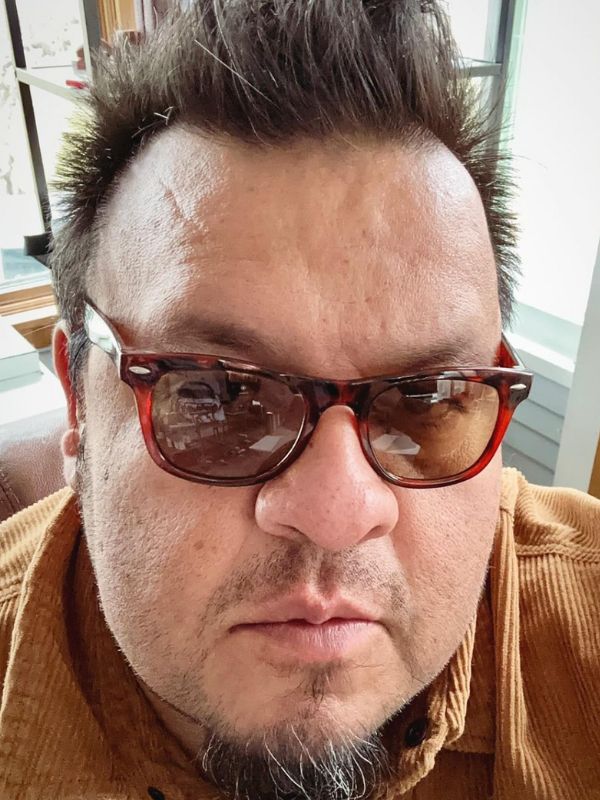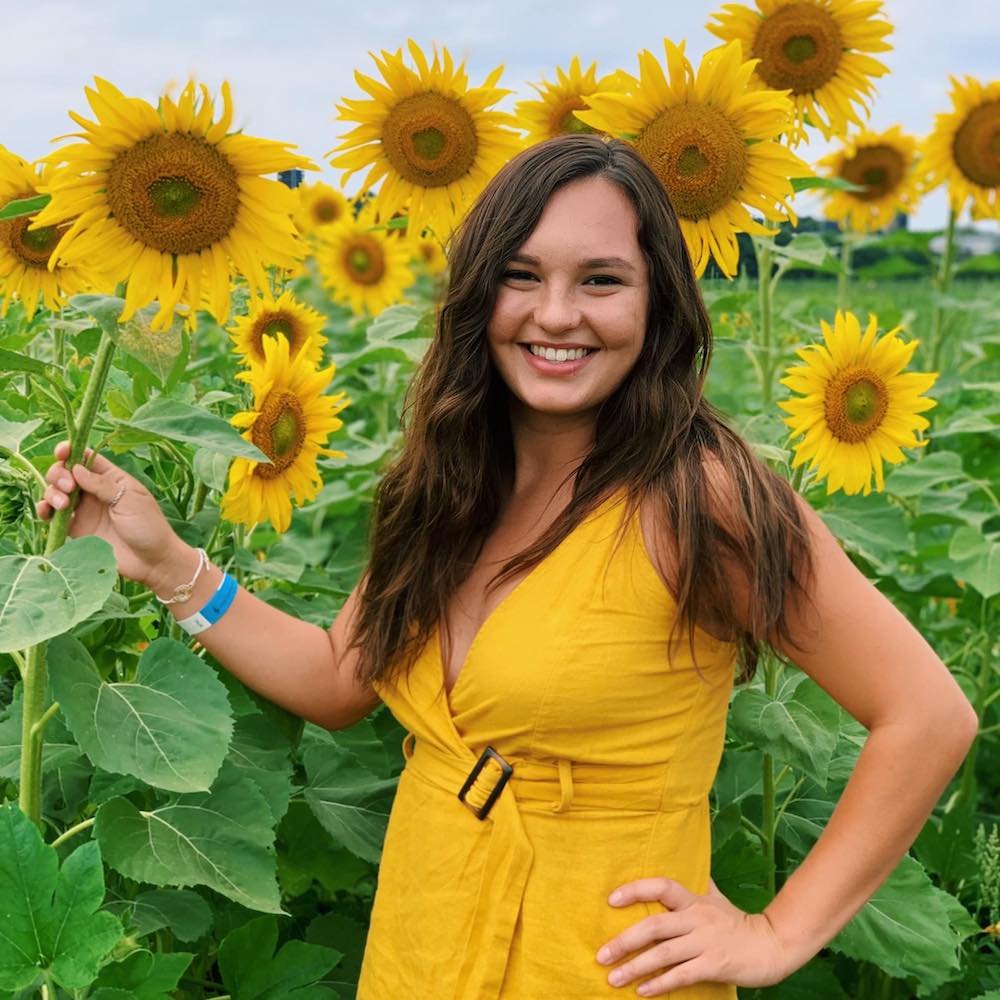Sensing Sasquatch, a new exhibition that will explore Sasquatch’s past, present, and future within the High Desert Region through an Indigenous lens, opens March 2 at the High Desert Museum in Bend, Oregon.

Popular depictions of Sasquatch can be found all over America, from t-shirts and road signs to beer cans and traveling mugs. Before you enter the exhibition, visitors will be asked to leave behind these ideas and perceptions and consider another side of Sasquatch’s story.
Visitors will then be introduced to the Indigenous Plateau of the High Desert and the arid forests and canyonlands where Native peoples have long come into contact with and exchanged their stories about Sasquatch. Here, you will see representations, stories, and artwork about Sasquatch and how they vary between tribes across the regions.
For many tribes across North America, Sasquatch is regarded as an elder, a relative, and a spiritual guide who appears to deliver important messages to humans. When Sasquatch suddenly comes into view and interacts with humans, it can be a life-changing experience.
Sensing Sasquatch will feature work by five Indigenous artists, including Phillip Cash Cash (Nez Perce/Cayuse), HollyAnna CougarTracks DeCoteau Littlebull (Yakama/Nez Perce/Cayuse/Cree), Charlene “Tillie” Dimmick (Warm Springs), Frank Buffalo Hyde (Nez Perce/Onondaga) and Rocky LaRock (Salish).
Native News Online sat down with artist Hyde to talk about how he became an artist, how his parents divorce led him to see the world differently, what visitors can expect to see from his work, and what he hopes audiences will take away from the exhibition.
Hyde attended the Institute of American Indian Arts in Santa Fe, New Mexico. His work is featured in permanent collections around the United States and was recently featured in Showtime's "The Curse." His artwork is described as bold, culturally relevant, and inspiring, featuring vibrant colors and animal subjects, most commonly buffalo and his tribe.
You can check out his work on his website, Facebook, and Instagram.
NNO: How and when did you begin your artwork career?
Hyde: I have artists on both sides of my family, so I've been around art my entire life. My uncle's are all painters and sculptors and my father is a sculptor. I was 21 when I made a conscious decision to pursue art as a career vocation. I was in a group exhibition with my charcoal drawings when I was in high school and I think that kind of had an impact on me, as well as being young and having a gallery take me seriously. It kind of gave me the validation that I needed to make that decision and go forward.
NNO: Where are you from and how does that influence your artwork?
Hyde: That's really an important part of who I am and how I see the world. I was born in Santa Fe, New Mexico, but I was raised an equal amount of time on the Onondaga Nation as well. My parents divorced when I was 3 years old. I've been going back and forth between New Mexico and New York my entire life because of the conditions of the divorce. It led me to see a wide variety of creative people within different environments and really gave me a perspective that there was an art world or a world beyond the borders of my reserve. Having that close community and cultural knowledge really strengthened my resolve as a person in my worldview about the environment and politics.
NNO: What is your intention within your artwork?
Hyde: Why I started to make art is because I would look at the “contemporary Native American art” magazines and see that not a lot of artists were making work that commented on the current life of an Indigenous person.
It started out that we, as Indigenous people, live in two different dimensions. But now in 2024, we live in multiple realities. We are heavily involved within parts of society, which wasn't the case 25 to 30 years ago. Now we're a lot more educated and in a position to tell our own stories and our own narratives.
For my work, it's always been about redefining what people think contemporary Native art is, and taking it to different places. I try to make it a little bit easier for the artists that are coming along behind us to not feel that demand or issue of your work having to be Indigenous enough or not. I don't ask for permission for what I do and I don't restrict myself to any preconceived notions of what native art is.
NNO: Can you describe some of the artwork you will have displayed at the upcoming Sensing Sasquatch exhibition?
Hyde: The High Desert Museum commissioned me to make a piece specifically for the exhibit. It's going to be a combination of part painting, installation, sculpture, and experience. I wanted to make something that combined a lot of my interests, and also wanted to make something that would be interesting for the viewers to interact with that they maybe have not seen before.
I hope that audiences will have a different level of reverence for Sasquatch instead of the tourist plywood cutout version.
NNO: Can you tell me what Sasquatch represents to you?
Hyde: My older sister is into paranormal things and cryptozoology. So, you know, being a nosy and annoying little brother, I was always into the stuff that she was into. Whenever she would leave the house, I'd go into a room and play her guitars, turn her records on, and read her books. So by proxy, I got interested in those things.
Culturally, also, I recognize that there are certain things that exist that are ancient that have always been here. There are certain things that are medicine that are here to help us and that are to be respected. In my mind there's a popular cultural version of Bigfoot, but I also recognize Bigfoot or Sasquatch as medicine. I recognize the entity as something that is not here to harm anyone, but it is an extension of humanity and is here to help and nurture just like a relative.
NNO: What do you hope audiences will take away from your artwork at the exhibit?
HYDE: I hope that audiences will have a different level of reverence for Sasquatch instead of the tourist plywood cutout version. That's what most people think of when they think of Sasquatch. They think it is an attraction or just some sort of anomaly like the Easter Bunny. It would be great if I could get a conversation started that there is actually a whole group of people out in the world that don't question Sasquatch’s existence and that there is a very deep respect for the being itself.
More Stories Like This
Zuni Youth Enrichment Project Takes Top Emerging Artist Apprentices to Phoenix for Artistic Exploration and Cultural ImmersionFrom Dishwasher to Award-Winning Chef: Laguna Pueblo's Josh Aragon Serves Up Albuquerque's Best Green Chile Stew
Rob Reiner's Final Work as Producer Appears to Address MMIP Crisis
Vision Maker Media Honors MacDonald Siblings With 2025 Frank Blythe Award
First Tribally Owned Gallery in Tulsa Debuts ‘Mvskokvlke: Road of Strength’
Help us defend tribal sovereignty.
At Native News Online, our mission is rooted in telling the stories that strengthen sovereignty and uplift Indigenous voices — not just at year’s end, but every single day.
Because of your generosity last year, we were able to keep our reporters on the ground in tribal communities, at national gatherings and in the halls of Congress — covering the issues that matter most to Indian Country: sovereignty, culture, education, health and economic opportunity.
That support sustained us through a tough year in 2025. Now, as we look to the year ahead, we need your help right now to ensure warrior journalism remains strong — reporting that defends tribal sovereignty, amplifies Native truth, and holds power accountable.
 The stakes couldn't be higher. Your support keeps Native voices heard, Native stories told and Native sovereignty defended.
The stakes couldn't be higher. Your support keeps Native voices heard, Native stories told and Native sovereignty defended.
Stand with Warrior Journalism today.
Levi Rickert (Potawatomi), Editor & Publisher


